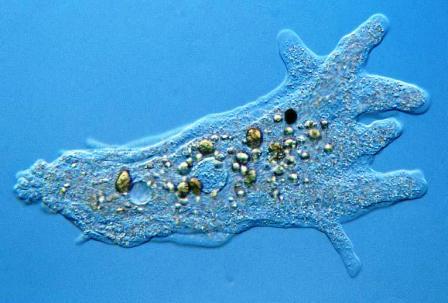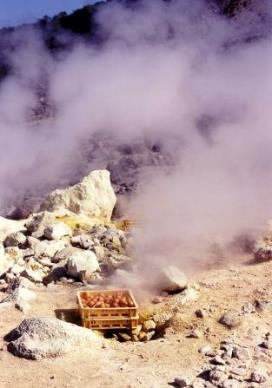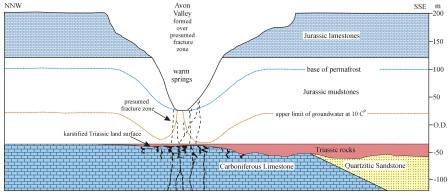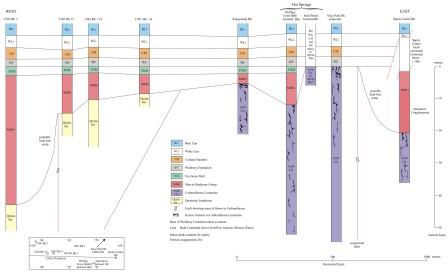Hot springs can be divided into two broad types. Those in active volcanic areas where water comes into contact with hot rocks and emerges at or near to boiling point, and geothermal springs in which water that has descended to depths of kilometres and heated by the geothermal gradient reaches the surface at temperatures of mostly 30° to 50° C. The three hot springs that emerge under artesian head at 45-46ºC beneath and adjacent to the Roman Bath in the centre of Bath Spa, Somerset are unique in the British Isles.
References and selected links
Gallois, R.W. 2006. The geology of the hot springs at Bath Spa, Somerset. Geoscience in south-west England, 11, 168-173.
Gallois, R. W. 2007. The formation of the hot springs at Bath Spa, UK. Geological Magazine, Vol. 144, 741-747.
Kellaway, G. A. (ed.) 1991. Hot Springs of Bath. Bath City Council, Bath. ISBN0-901303-25-9 14 papers covering the history,
medical uses, geology and hydrogeology of the hot springs. Out of print, but available on loan from reference libraries.
Following the death of a girl in 1978 an inclined borehole was drilled adjacent to the Roman Baths to intersect the hot spring at depth where it is anaerobic and free from pathogenic amoeba
The earliest known ‘map’ of Bath by William Smith, 1588
Worldwide, the thermophilic amoeba Naegleria fowleri is responsible for a small number of deaths each year.
The hot springs emerge in the floodplain of the River Avon through gravel-filled depressions referred to as ‘spring pipes’
Boiling ‘lucky’ eggs in Iôzan hot sulphur spring, Hokkaido, Japan.
The precursors of the hot springs emerged as warm seepages in the floor of the Avon Valley during the last Ice Age.
Prince Bladud, founder of the hot springs at Bath, in his youthful swineherd days.
The hot springs emerge from cave systems in a limestone knoll that rose above a desert landscape 200 million year ago.
click on images for additional information








